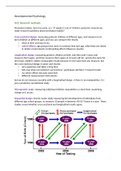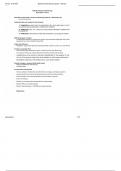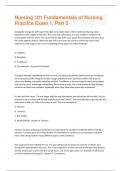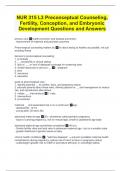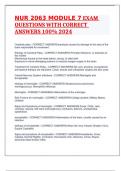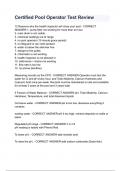Summary
Samenvatting van: An Introduction to Developmental Psychology, ISBN: 9781118767207 Developmental Psychology
- Course
- Institution
- Book
Samenvatting van het vak developmental psychology wat in het eerste jaar aan de UvA wordt gegeven in de bachelor Psychology.
[Show more]
